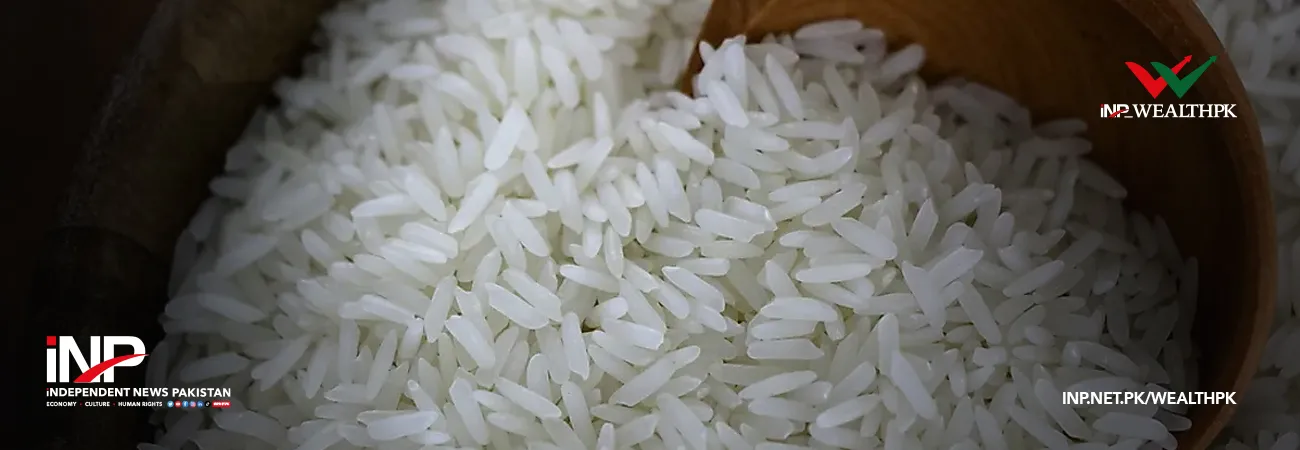INP-WealthPk
Arooj Zulfiqar
Pakistan’s rice exports declined by 17.33% during the first two months (July-August) of the current fiscal year as against the same period of the last fiscal year. Over 340,237 metric tons of rice, valuing around $233.991 million, were exported, central bank statistics show, reports WealthPK. Pakistan exported a total of 507,144 metric tons of rice in the corresponding period of the previous fiscal year, fetching around $283.056 million in revenue. However, the report highlights an 8.29 percent increase in the high-quality Basmati rice exports during the same period, indicating a sustained global demand for Basmati and offering a glimmer of hope amid the overall export decline. “Pakistani rice is in great demand in the world and is one of the most important sources of foreign exchange earnings. This decline in rice exports highlights the challenges Pakistan’s agriculture sector faced during the ongoing fiscal year, as global dynamics continue to influence trade patterns,” Senior Scientific Officer at the National Agricultural Research Council (NARC) Dr. Abid Majeed Satti told WealthPK.
“Rice is the second most important staple food crop after wheat and the second most important exportable commodity after cotton. This sector contributes 1.9 percent to the agriculture’s value-added and 0.4 percent to GDP. “During the last few years, production of coarse types is increasing, as the farmers are bringing more areas under coarse hybrid types. The crop was cultivated on 2,976 thousand hectares in 2022-23 – a decline of 15.9 percent over 3,537 thousand hectares the previous year. “This decline is due to several factors, with one of the primary reasons being the devastating floods that struck Pakistan last year. These floods inflicted substantial damage on the rice crop, leading to a significant reduction in exportable supplies and, consequently, affecting the export volumes,” he said. “Another contributing factor is the global market fluctuations and trade restrictions that have persisted throughout this fiscal year. These external factors have created an unfavourable environment for rice exports.
Moreover, Pakistani exporters are facing tough competition from other countries like Africa and China. These competitors are offloading their stocks at lower prices, making it challenging for the Pakistani exporters to maintain their market share. “However, there is still room for optimism despite these challenges. The Rice Exporters Association of Pakistan (REAP) had previously expressed optimism about the prospects for rice exports this year, anticipating them to exceed the $3 billion mark,” Dr Abid said. “To achieve this goal, it is crucial for Pakistan to address the challenges facing its rice export industry. There is a need to negotiate agreements with countries that impose high tariffs on the Pakistani rice in all Free Trade Agreements (FTAs) to reduce tariff barriers,” he added. According to the NARC scientific officer, increasing rice exports would not only stabilize the exchange rate but also strengthen the country’s economy as a whole.
Credit: INP-WealthPk













